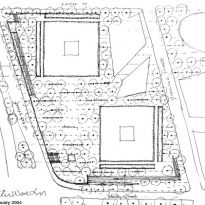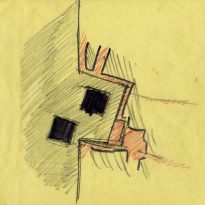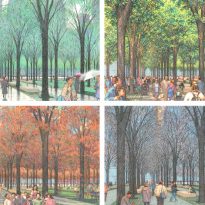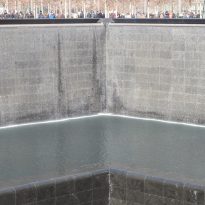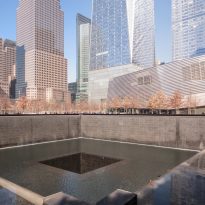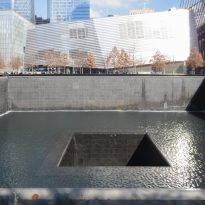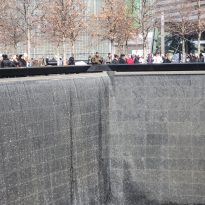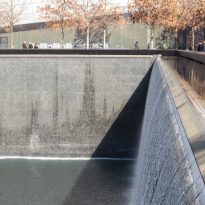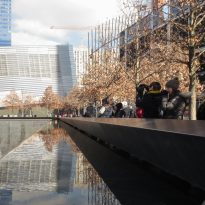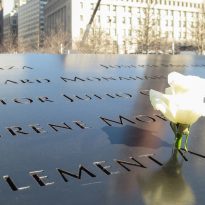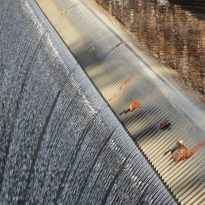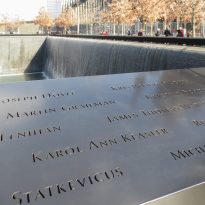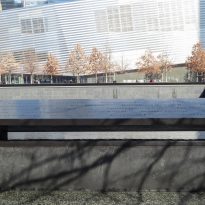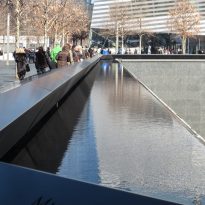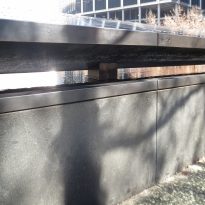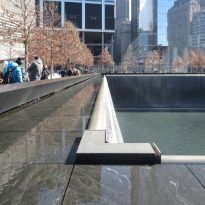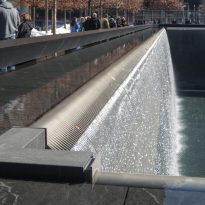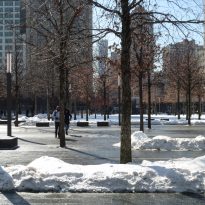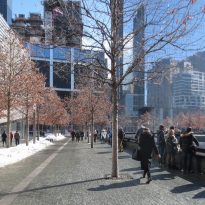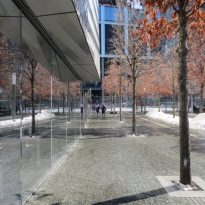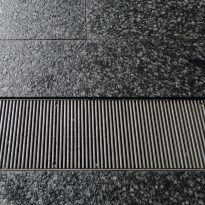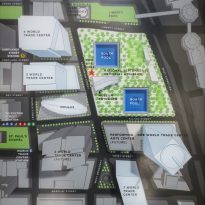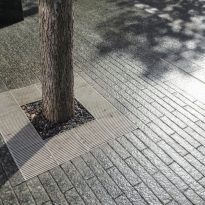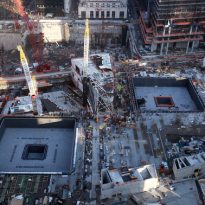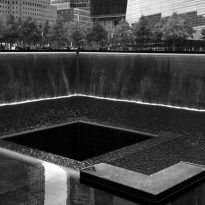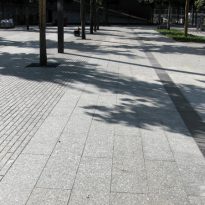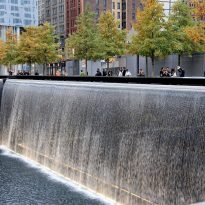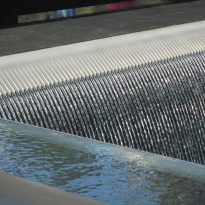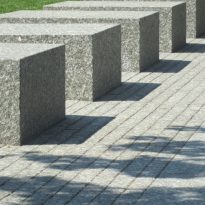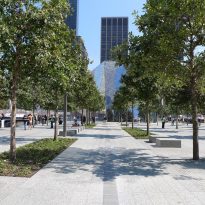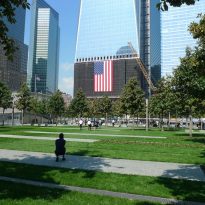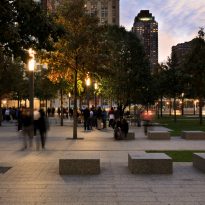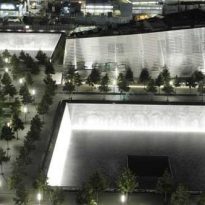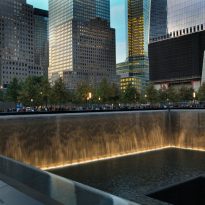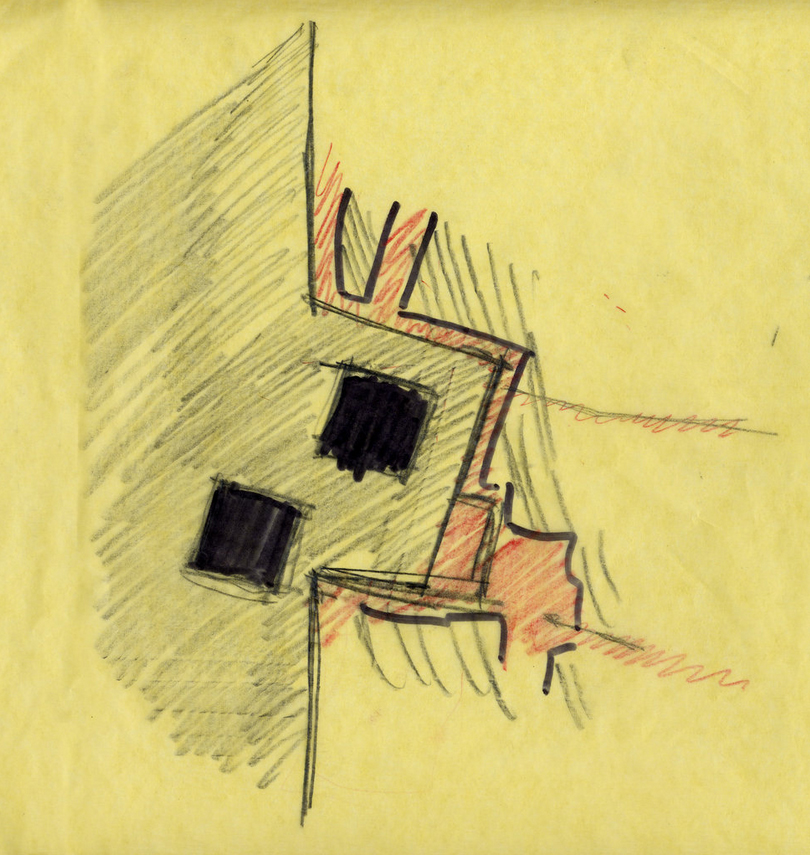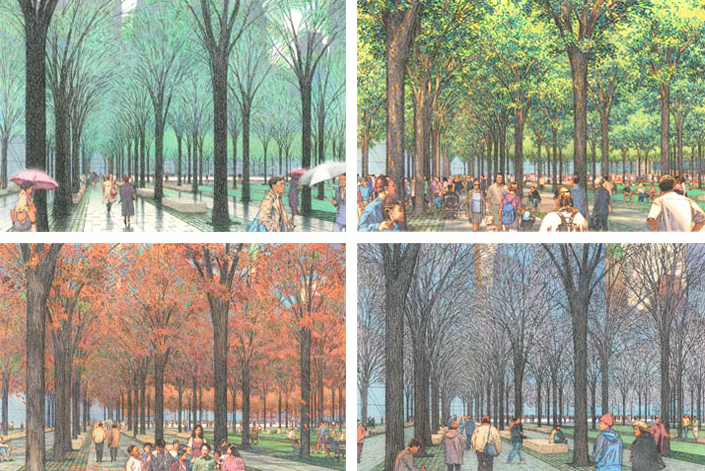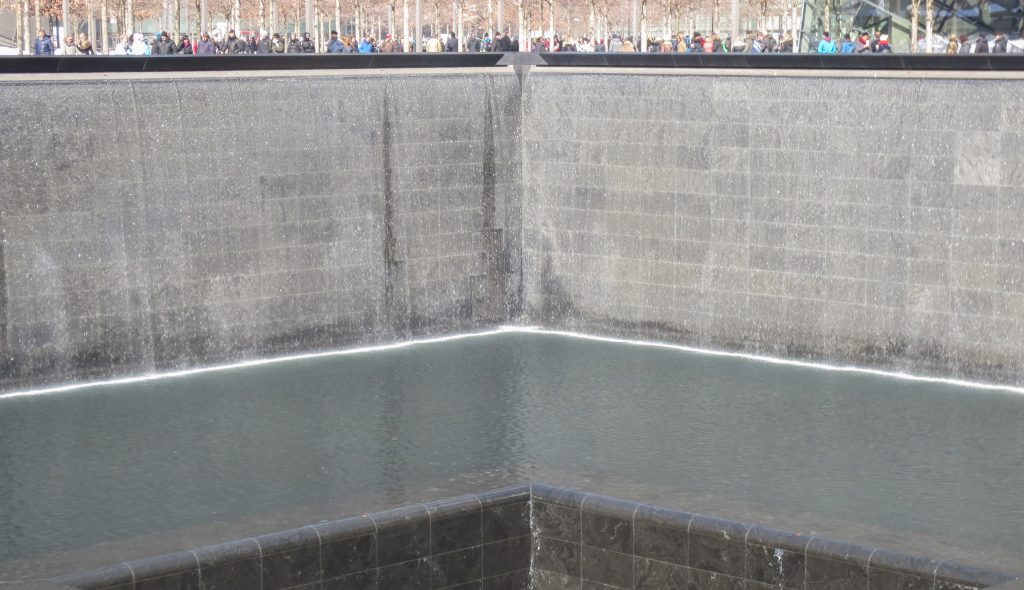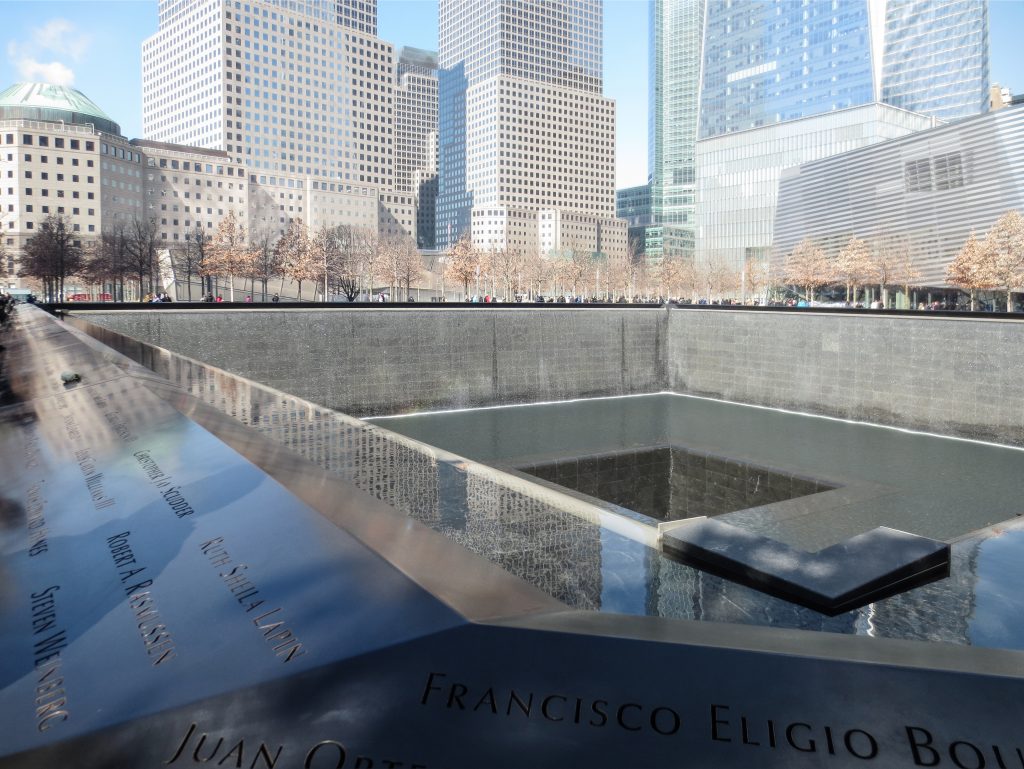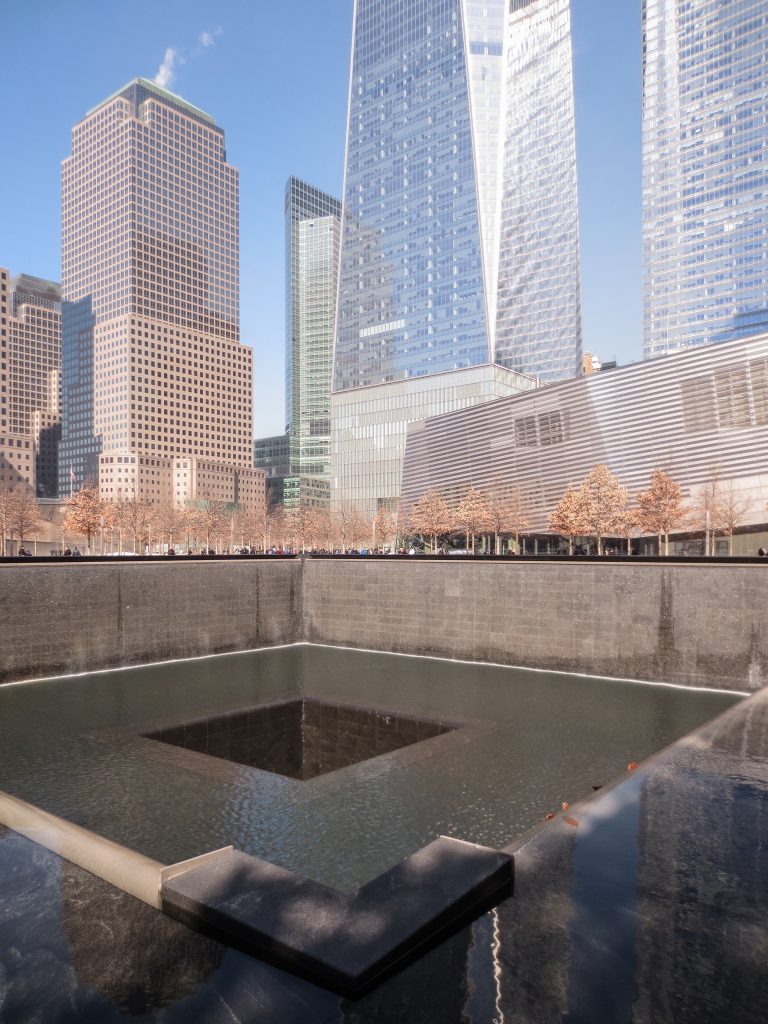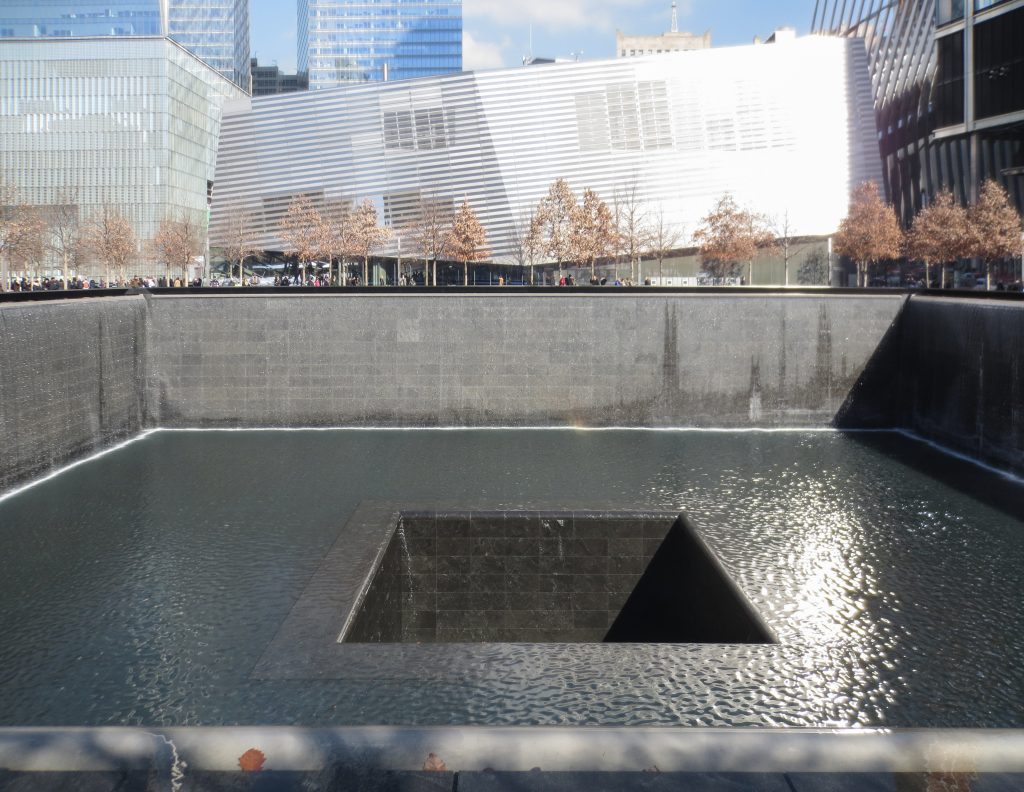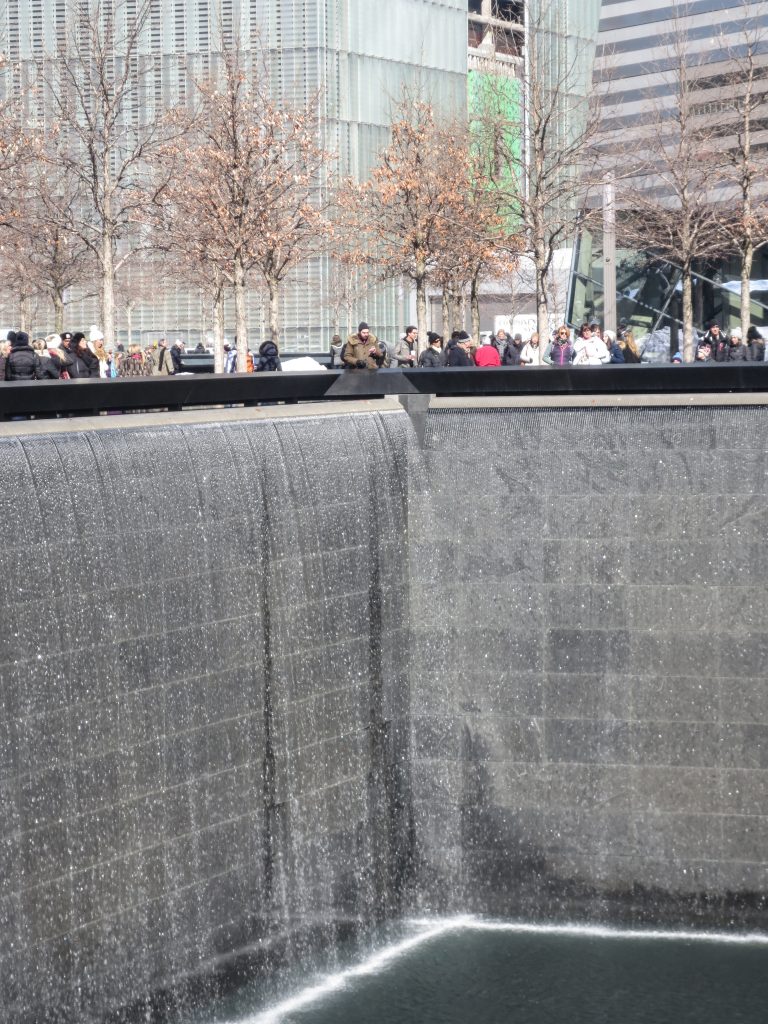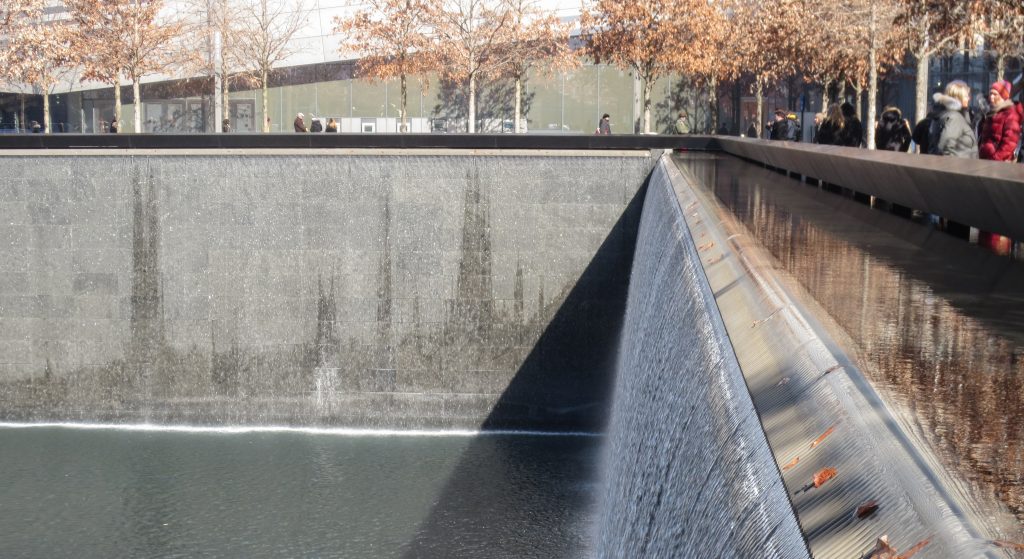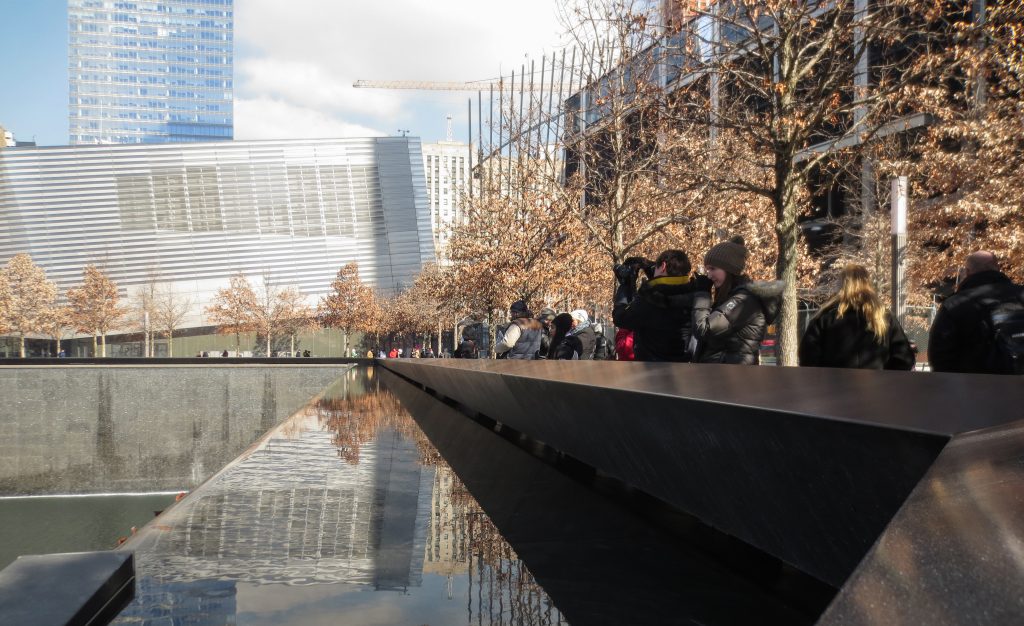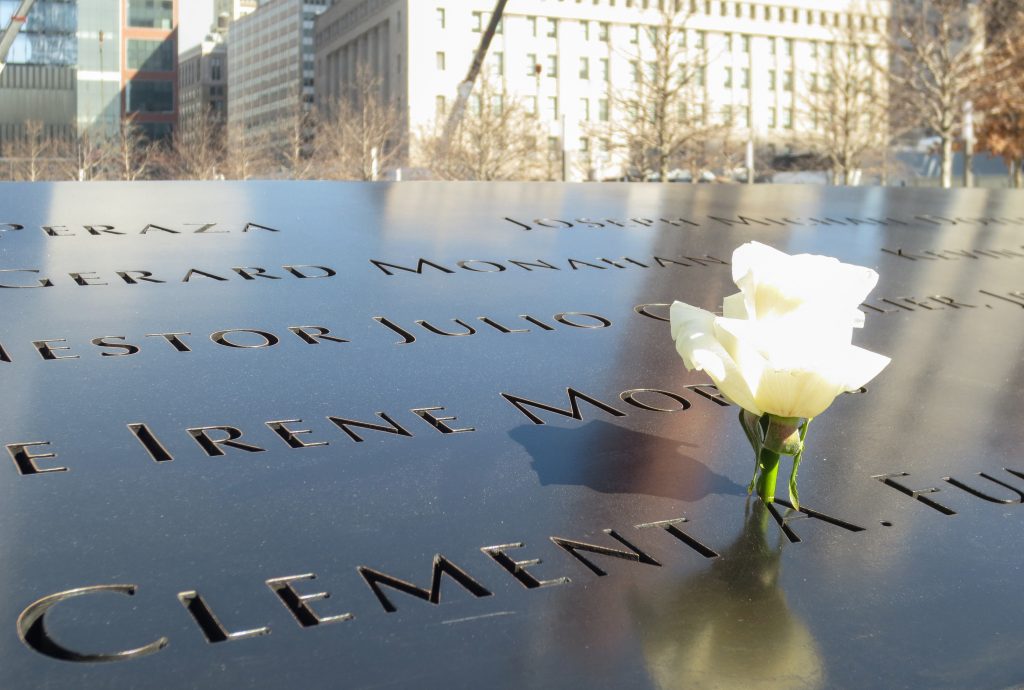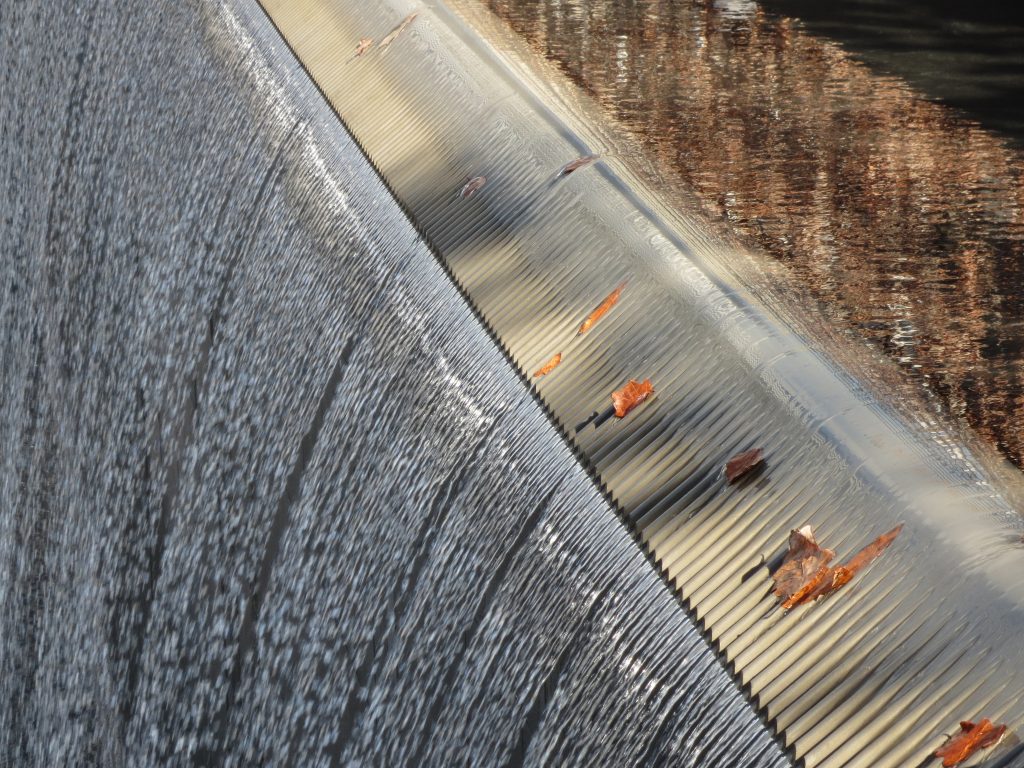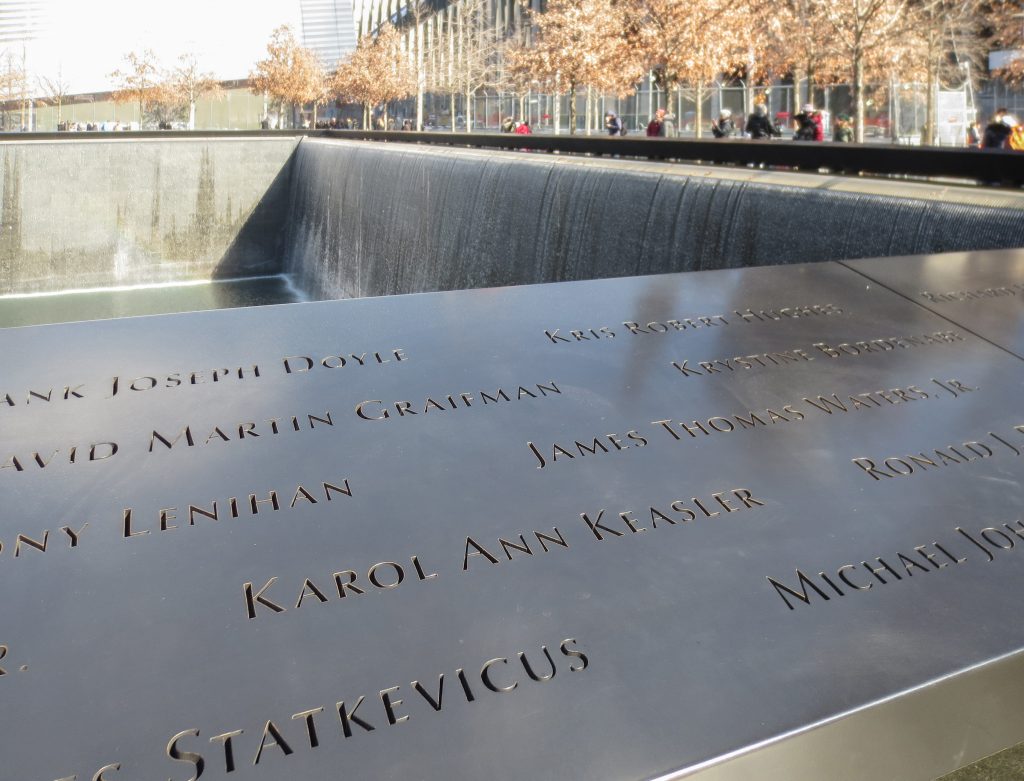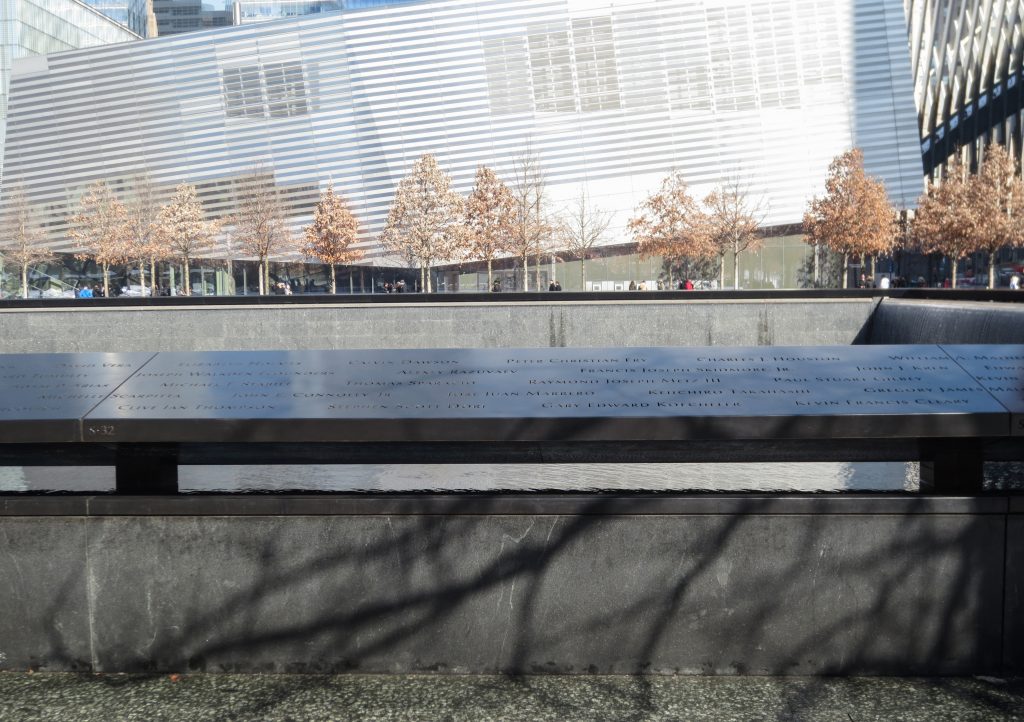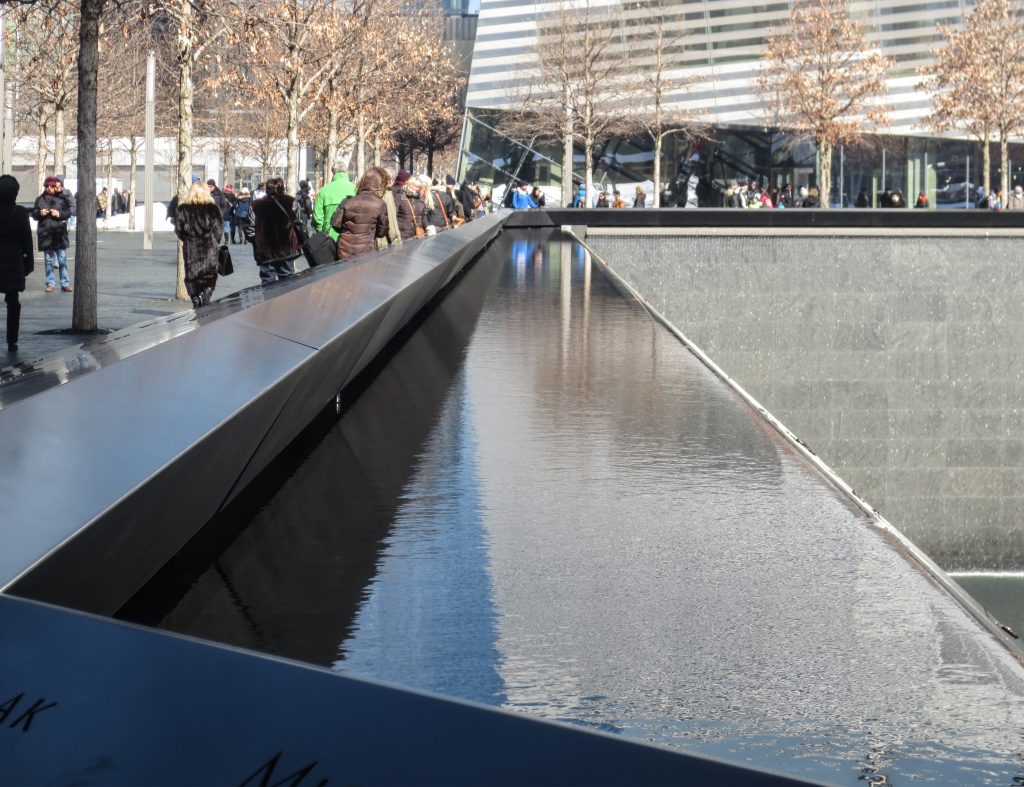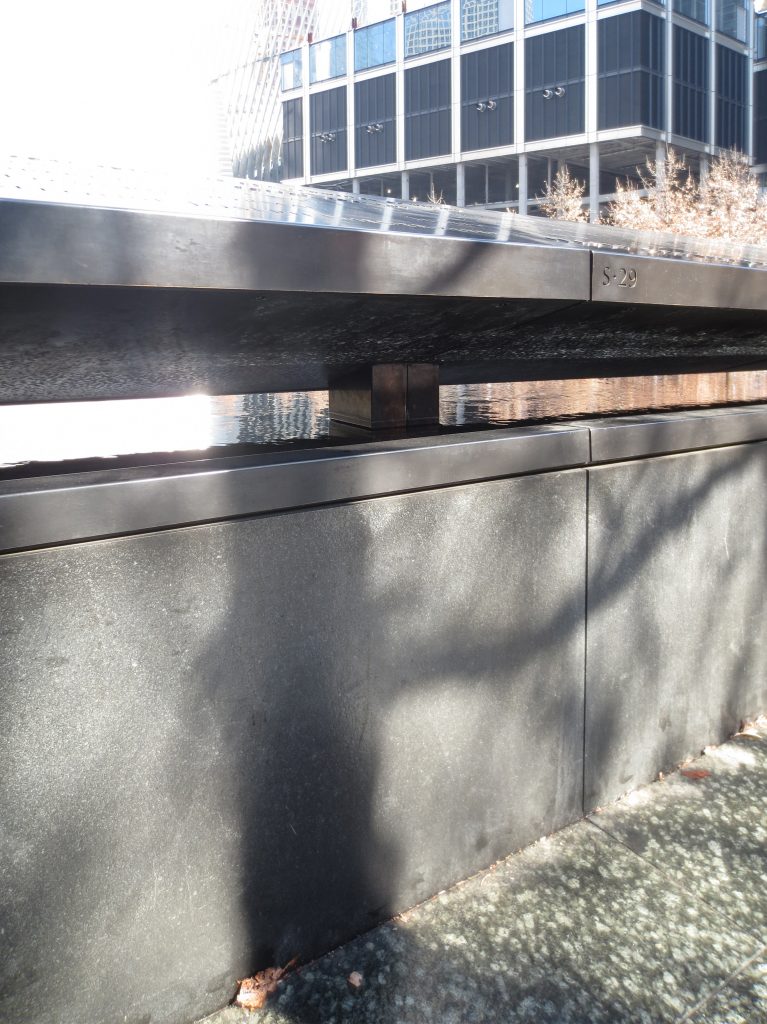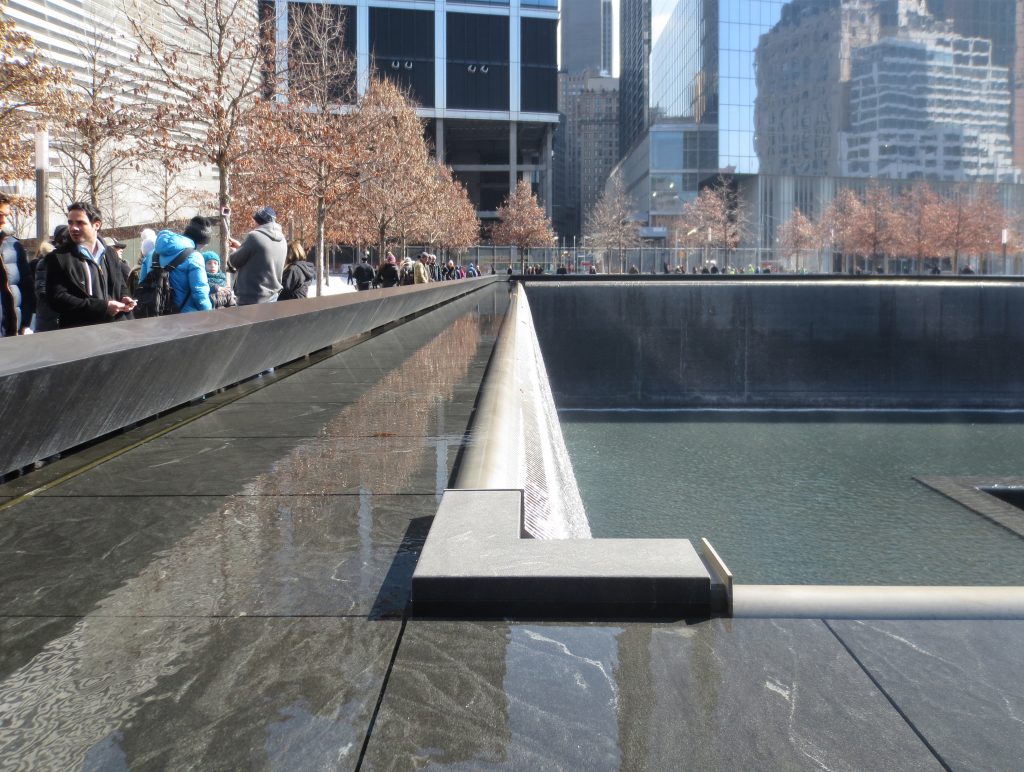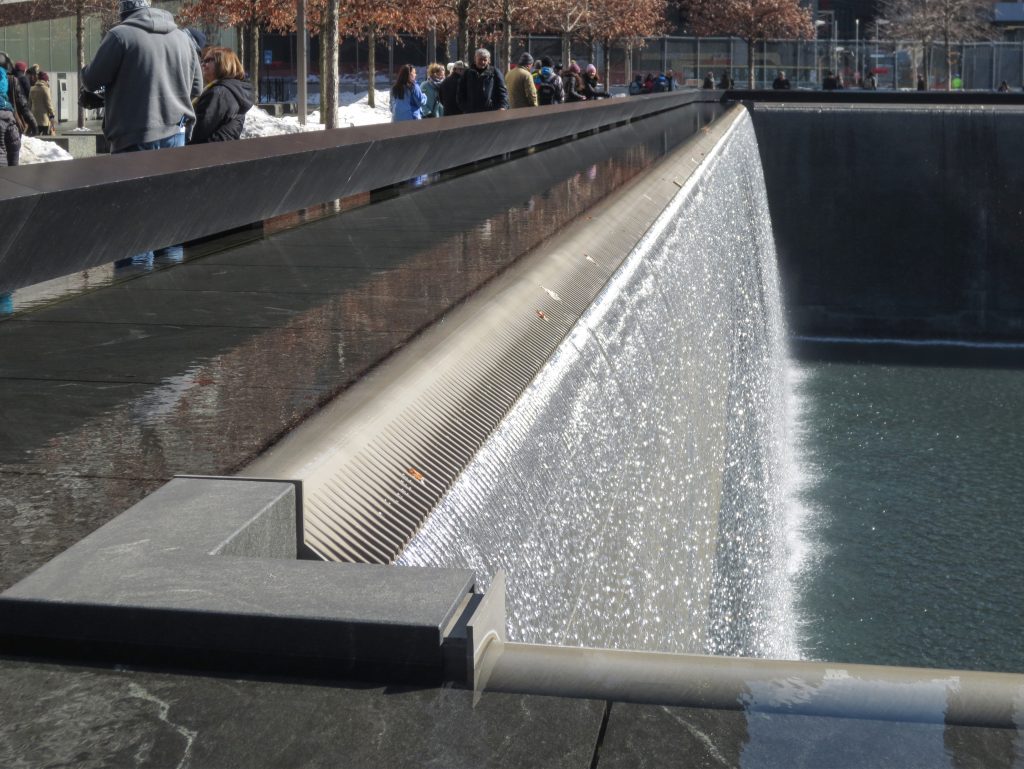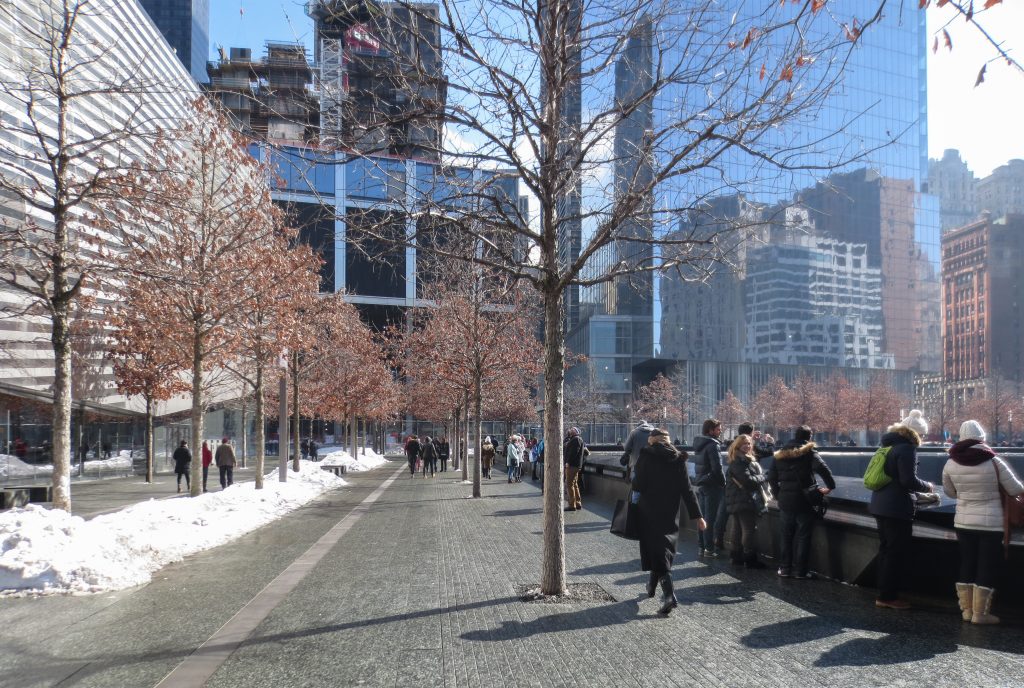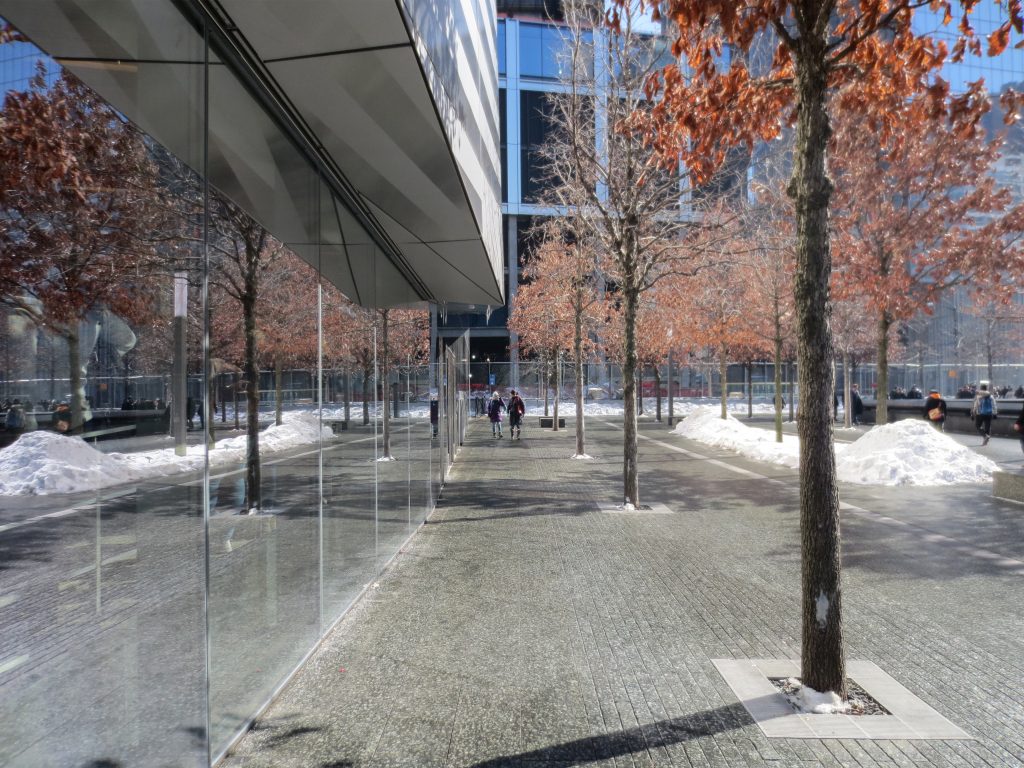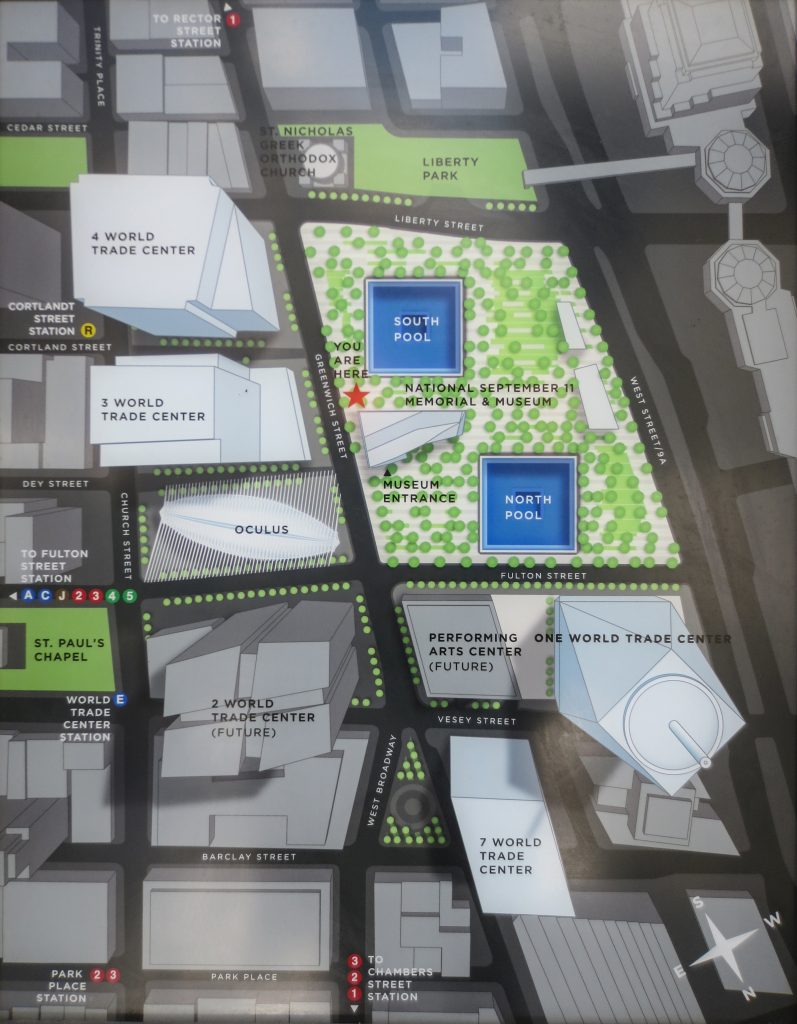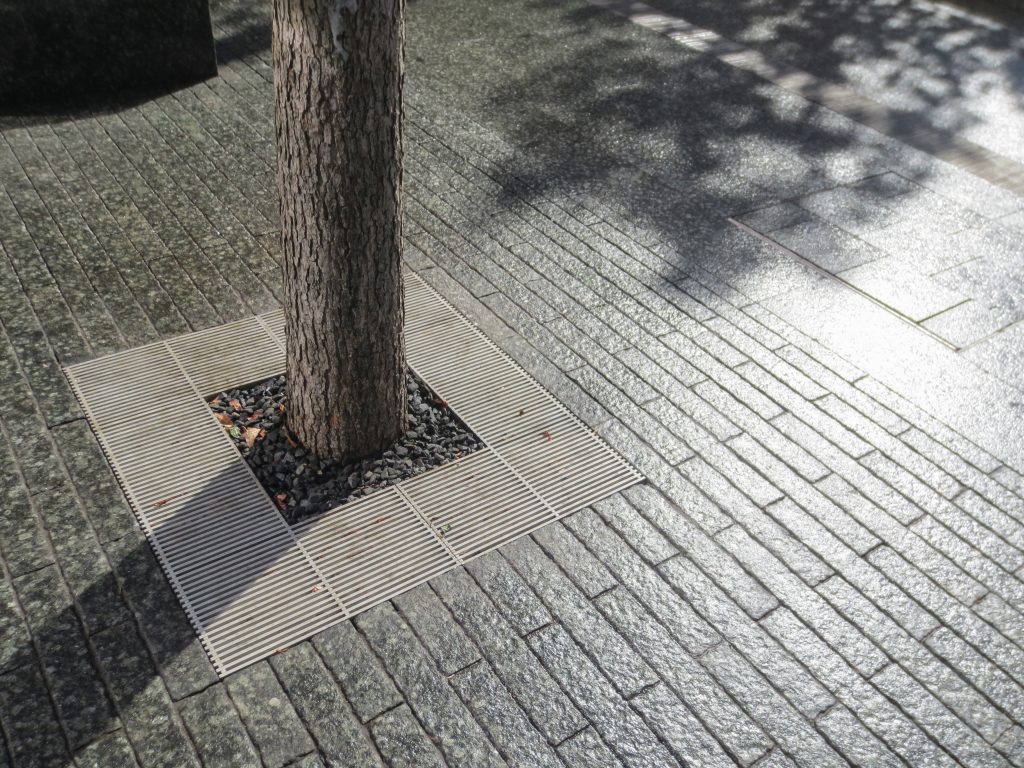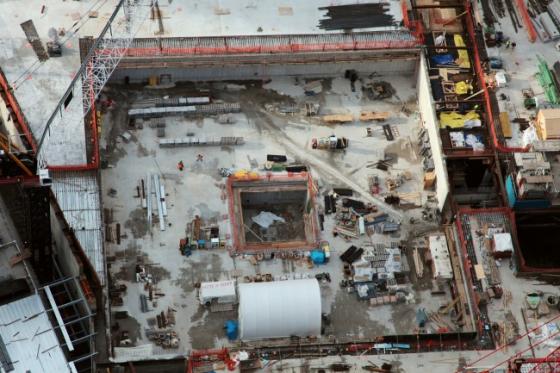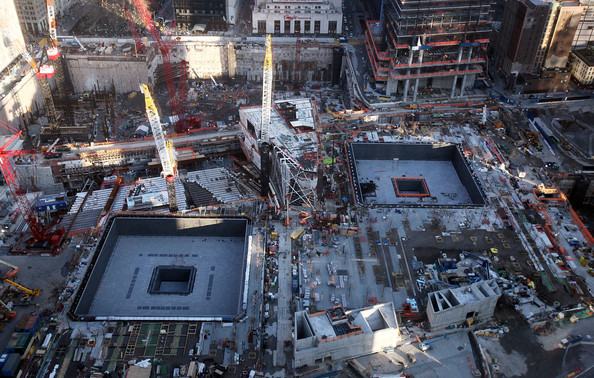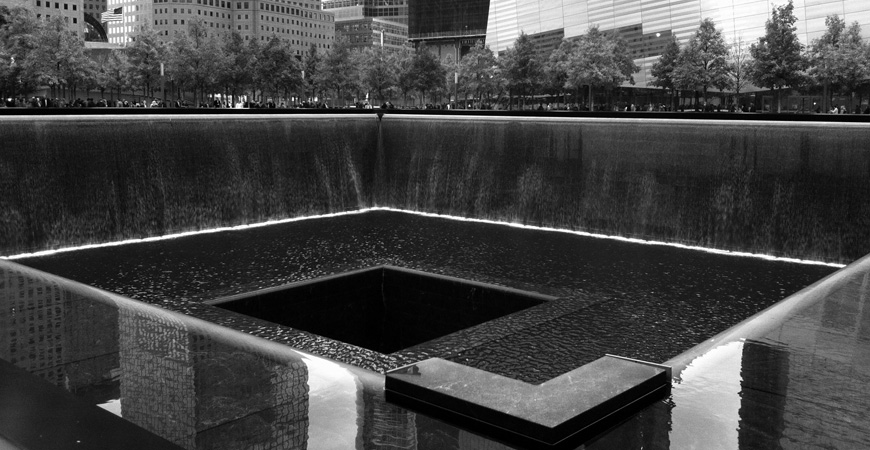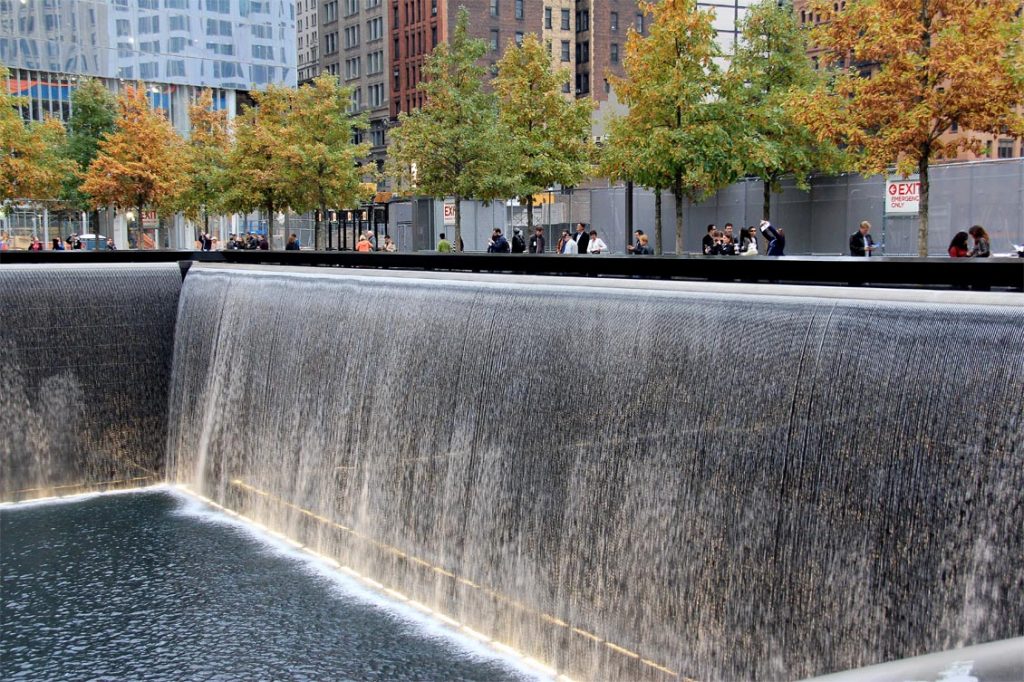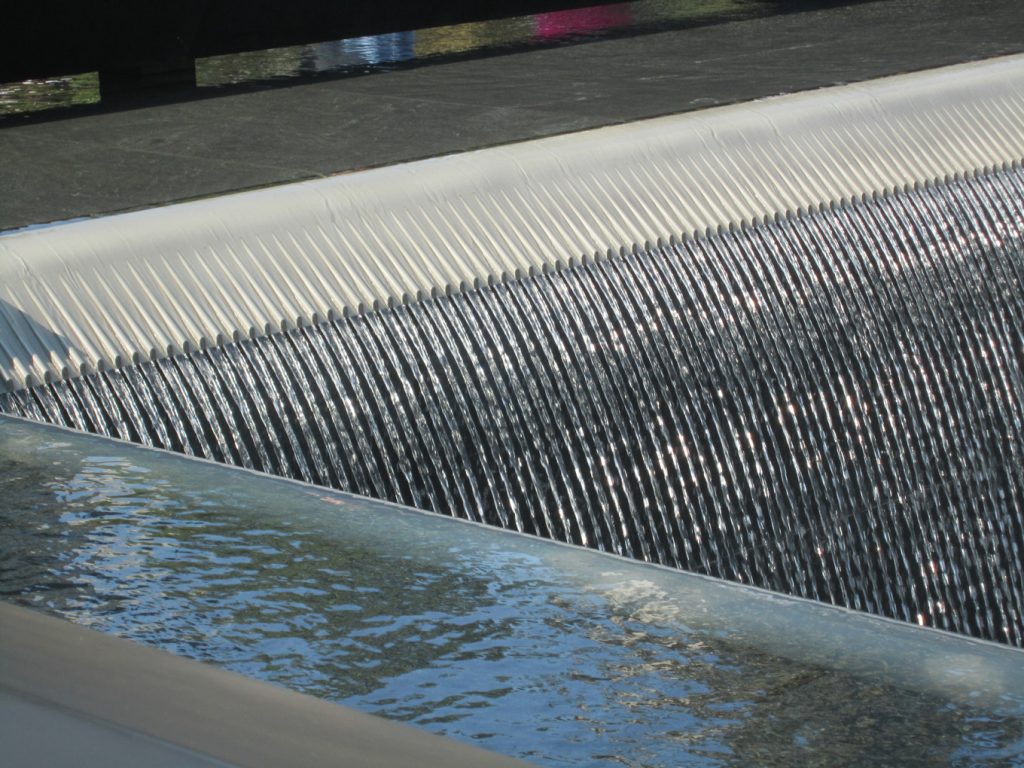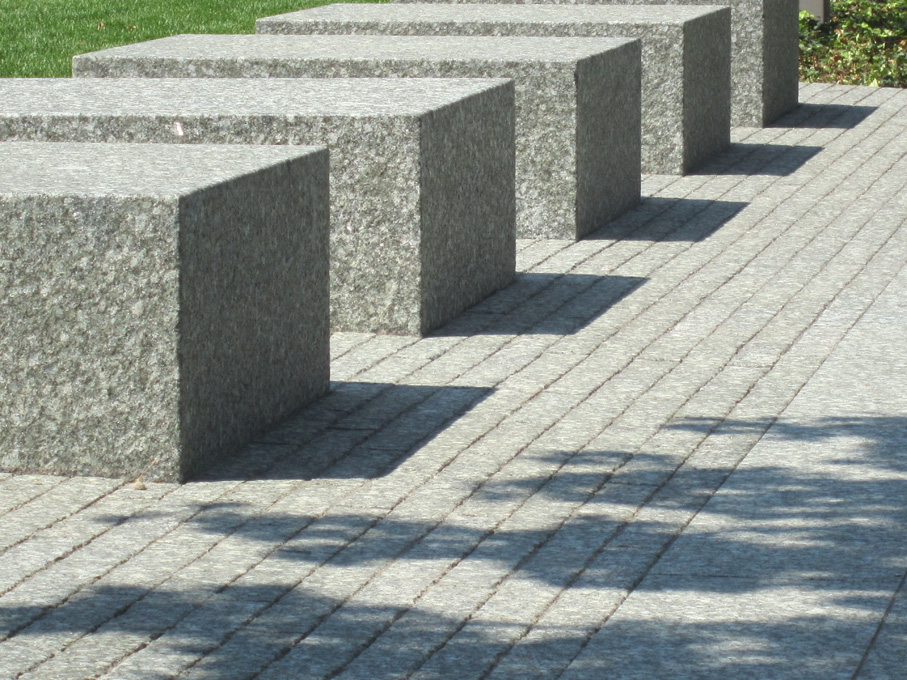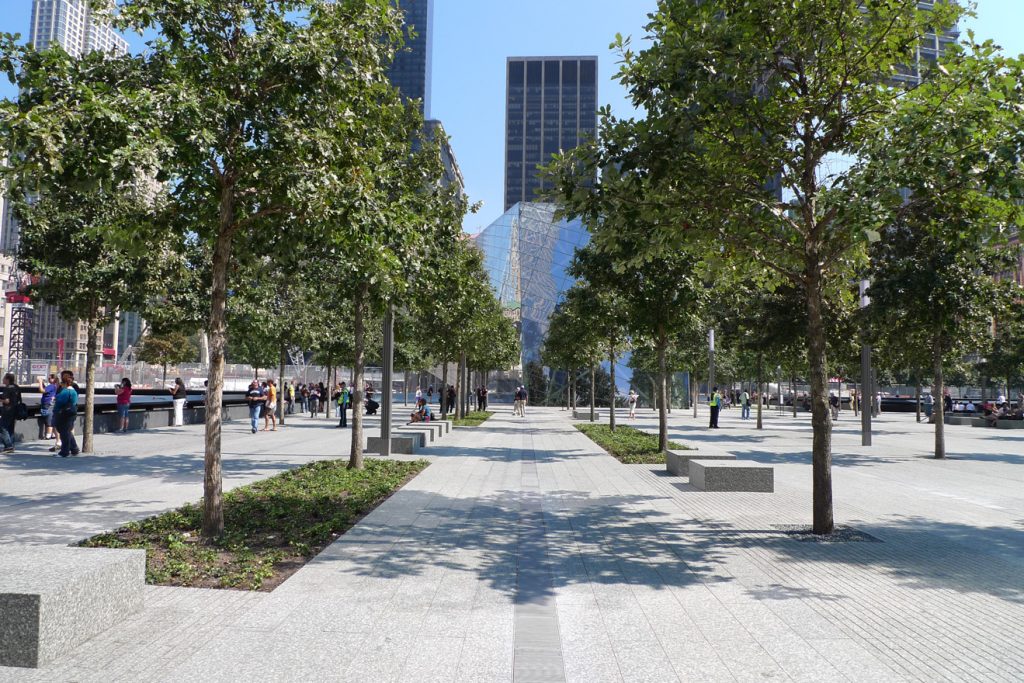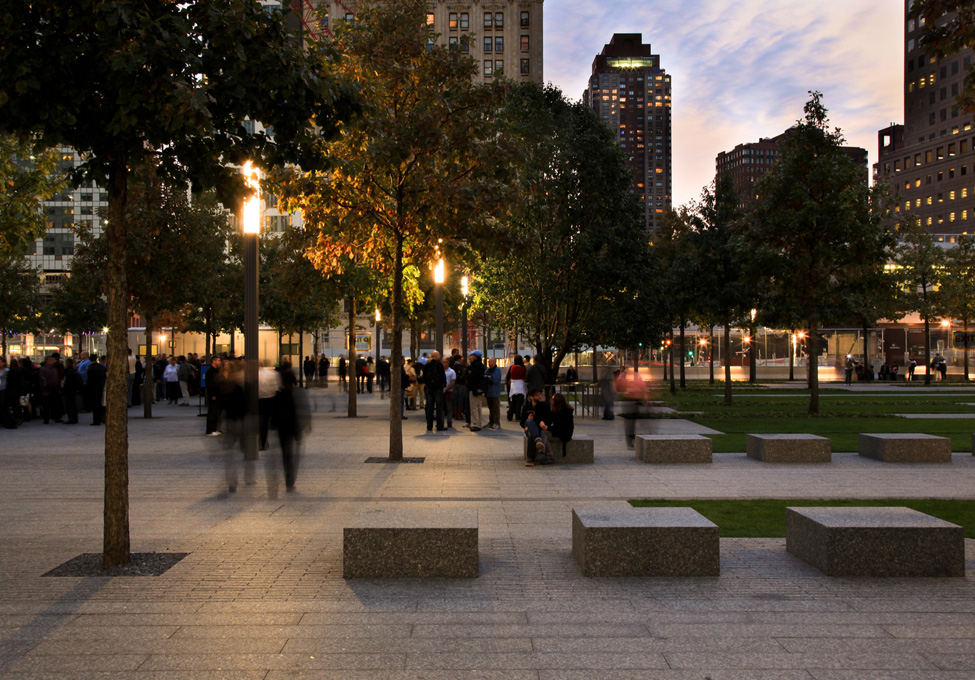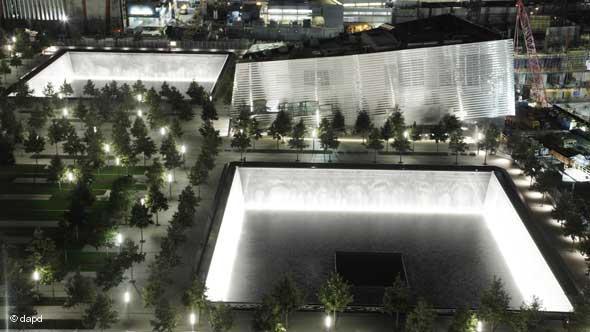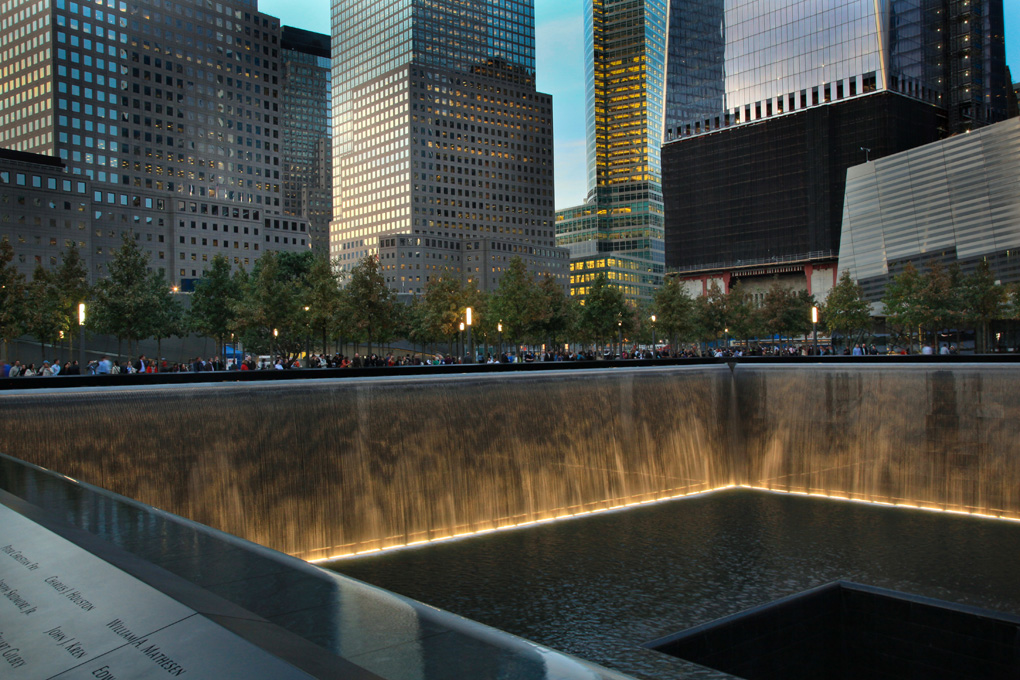National September 11 Memorial

Introduction
The National September 11 Memorial is a tribute to remember and honor the nearly 3,000 people killed in the terrorist attacks of September 11, 2001 on the site of World Trade Center, New York, and the Pentagon, as well as six people who died in the attack on the World Trade Center in February 1993.
Architect Michael Arad and landscape architect Peter Walker created the memorial design selected a global design competition that included more than 5,200 submissions from 63 countries.
Construction
The March 13, 2006, construction workers arrived at the WTC site to start work on the new project. In May, it was reported that the estimated construction costs for the Memorial had grown to over $ billion. New York Mayor Michael Bloomberg said: “…. There is an unlimited amount of money you can spend on a Memorial Any higher figure of $ 500 million would be inappropriate…”
At the request of Bloomberg and Governor George Pataki, the builder Frank Sciame conducted an analysis of one month that included input from the families of the victims, lower Manhattan businesses, residential communities, architects and jurors contest. The analysis recommended design changes, which kept the monument and museum within a budget of $ 500 million. Construction began that lasted until early 2011.
The September 12, 2011, a day after the tenth anniversary of the terrorist attacks of September 11, the memorial was opened to the public. The period from September 11, 2011 and May 25, 2014 was known as the “period of provisional operation” until the monument was surrounded by construction projects of the World Trade Center, the fence was withdrawn on May 25, 2014.
Location
Memorial park and museum is on the site of the former World Trade Center complex and occupies about half of the 64.749,70m² the site in lower Manhattan, New York, United States. The Memorial Park rests on the roof structure of the monument and underground museum that descends 21.34m below the level of the square.
Concept
In 2003 an international competition for the design of a national monument to remember and honor the people who died in the terrorist attacks of 11 September 2001 and 26 February 1993. A total of 5,201 projects from 63 different nationalities had opened.
The memorial plaza is designed to be a space for mediation, it belongs to both the city and the monument. Located at street level to allow their integration into the fabric of the city, the square encourages the use of this space by New Yorkers every day. The memorial grounds are not isolated from the rest of the city, they are a living part of it.
- “Reflecting Absence”

The following excerpt belongs to the statement made by the architects of 9/11 Memorial winners Michael Arad and Peter Walker:
“… This memorial proposes a space that resonates with the feelings of loss and absence that were generated by the destruction of the World Trade Center and the loss of thousands of lives on September 11, 2001 and February 26, 1993. It is in a tree field that is interrupted by two large voids containing recessed pools. The pools are set within the footprints of the twin towers. A cascade of water that describes the perimeter of each square feeds the pools with a continuous stream. They are large voids, open spaces that recall the absence visibly… “.
The project was presented under the name of “Reflecting Absence”
- Jury comment
The following excerpt is from January 2004 on the election of the Memorial design by the jury:
“… Of all submitted designs, we have found that the so-called” Reflecting Absence “by Michael Arad, together with landscape architect Peter Walker, meets demands more eloquently daunting, but absolutely necessary, of this monument. In its powerful but simple articulation of the footprints of the Twin Towers, “Reflecting Absence” has made the gaps left by the destruction of the main symbols of our loss. By allowing the absence speak for itself, designers have the power to these tracks are empty monument. In its essence, this monument is deeply rooted in real events, and connect to commemorate the destruction of the towers, and most importantly, all the lives lost on that day….
Spaces
The project pursues LEED Gold certification awarded by the Green Building Council US program for new construction, in relation to its sustainable design and construction.
Square
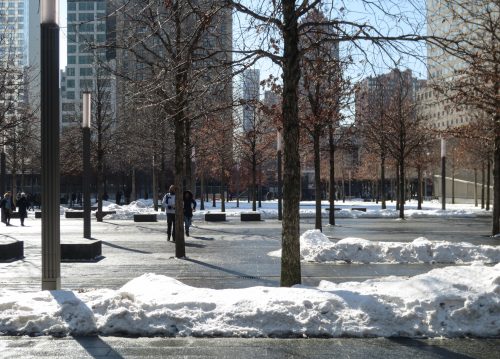
Memorial Square is one of the most respectful with the environment places ever built in America. Over 400 trees surrounding the reflecting pools. The design conveys a spirit of hope and renewal, and creates a separate contemplative space of places and common sounds in a bustling metropolis.
With its trees, Memorial Square is a green roof for the structure that houses the Memorial Museum, a train station, access to the square is the work of Santiago Calatrava, and other facilities 22m below street level. The architects designed the square and a “suspended pavement system” to support the oak trees growing on it.
Your irrigation system is managed with rainwater collected in storage tanks located below the surface of the square.
- Trees
The leaves of a plantation of white oaks create a canopy over the square whispering. This forest of trees reborn with his new green in the spring, provide cooling shade in summer and show your closeness color change of autumn. A small clearing in the forest, known as the Memorial Glade, designates a space for meetings and special ceremonies.
This urban forest grow near the adjacent green spaces, including Battery Park City, the City Hall Park, Plaza de la Libertad, in the church cemetery of Liberty and the chapel of St. Paul, as well as the planned Liberty Park just south of the Memorial.
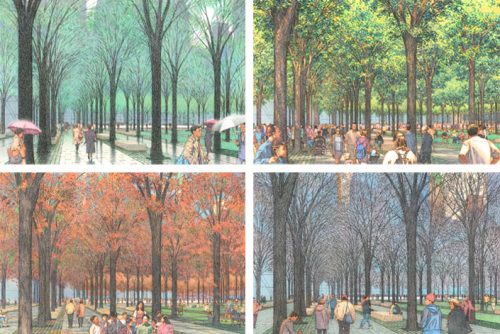
The Memorial grove resembles a “natural” forest, until visitors discover that trees are aligned forming arched corridors, all following the same orientation. Remembers how the architect arcs Minoru Yamasaki placed in the bottom of the original towers. Thus Grove expresses the common patterns of nature and humanity.
- Survivor Tree
A tree species Callery Pear, survived the terrorist attacks, is known as the “survivor tree”. In October 2001, the tree was discovered at Ground Zero severely damaged, with broken branches and torn and burned roots. The tree was pulled from the wreckage and run by the New York City Department of Parks and Recreation. After his recovery and rehabilitation, the tree was returned to Memorial in 2010. Again soft and renewed limbs began to grow from the snags, creating a visible demarcation between the trees of the past and present. Today, the tree stands as a living reminder of the resilience, survival and rebirth.
Water Sources
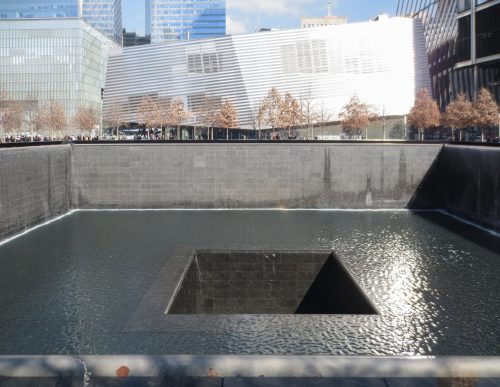
The twin lakes have an area of 4046.85 sqm each and are based on the traces left by the Twin Towers, the sides create one of the largest manmade waterfalls in North America. Each waterfall has a drop of 9.14m in a smaller in the center that repeats the same fall into square container land, 60.96×60.96mts with another.
The names of all those killed in the attacks in 2001 and 1993 are inscribed in bronze panels ribetean the Memorial pools, a powerful reminder of the largest loss of life resulting from a foreign attack on American soil and the only major loss of rescue personnel in American history.
Structure
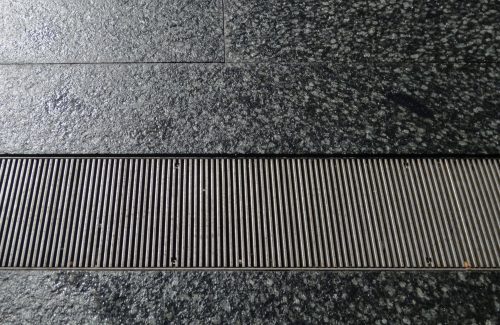
The square and the Memorial Museum required a hard work by both architects and engineers, due to its scale and complexity.
Sources with 9.14m depth and corresponding waterfalls were designed under very strict standards and are an integral part of the overall structure.
Heavy steel structures of the Memorial Plaza, which also form the roof of the cooling plant and the entire museum complex, support 1.83m corresponding to gardening woodland park land.
Cutting thick walls, 1.22m, made of reinforced concrete sink into the rocky soil to 4.57m. They were designed to resist lateral earth pressure that surrounds to the 21.44m deep.
Through the tree trunks the flat surface of the park is visible in its entirety. The density of the logs extends the apparent depth and size of the plane, while softening the view of the buildings beyond. The horizontal surfaces of the square, stone, ground cover, grass and steel grille are designed to strengthen the surface of the plane built.
Materials
The paving of the plaza sits on a series of concrete tables on suspending the square depressions nutrient-rich soil for planting trees. The system design allows for stable pavement where people can walk while providing a forum for non-compacted soil, or loose, for healthy growth of trees. Urban trees often live in conditions of stress because they are planted in pavements potentially choking the supply of nutrients and water to the roots compacted soil.
First the pattern of paving-scale marking it with chalk, ultimately deciding to adopt granite cobblestones and 7x38cm 30x152cm studied. The variable density shadows of the joints between the pavers create a subtle pattern of bands that breaks the Memorial large flat surface adapted to human scale.
The square of the sources are surrounded by bronze plaques set in raised letters with the names of all the victims of the terrorist attacks. In its construction 8,151 tons of steel and about 38.000m3 of concrete were used. Sources pump 196,560 liters of recycled water per minute by 10 large bombs.
Between Memorial and Museum they have been used 580 metric tons of giant steel beams I.
